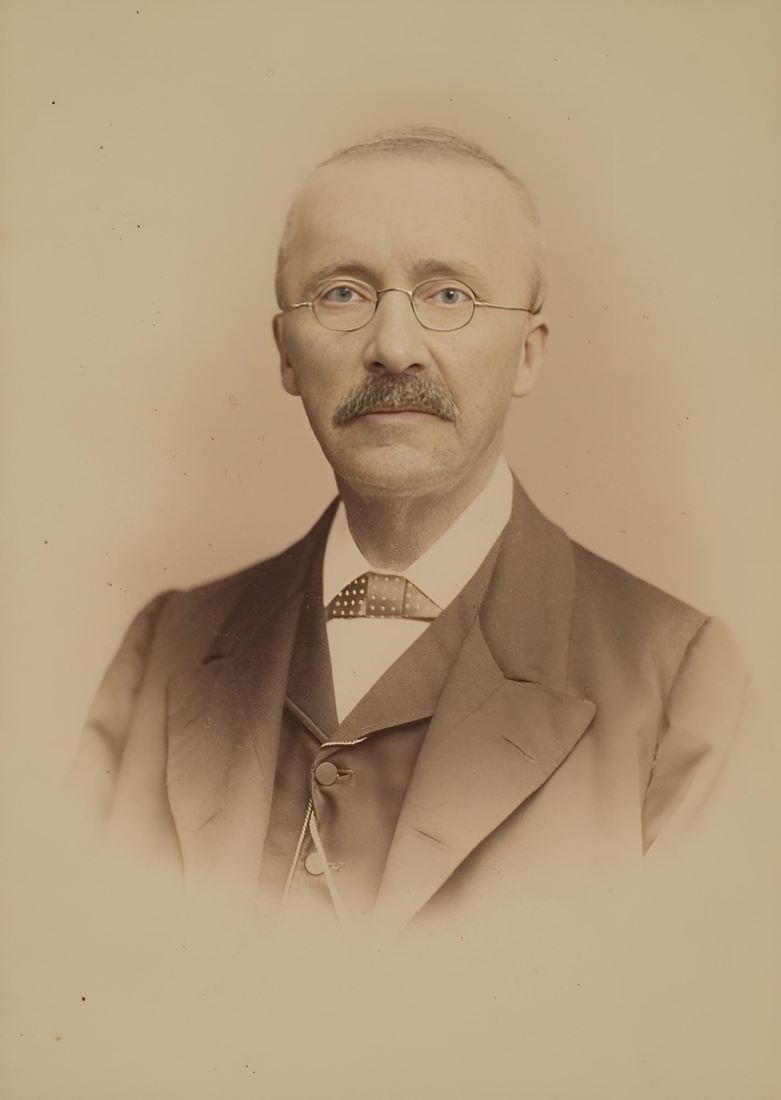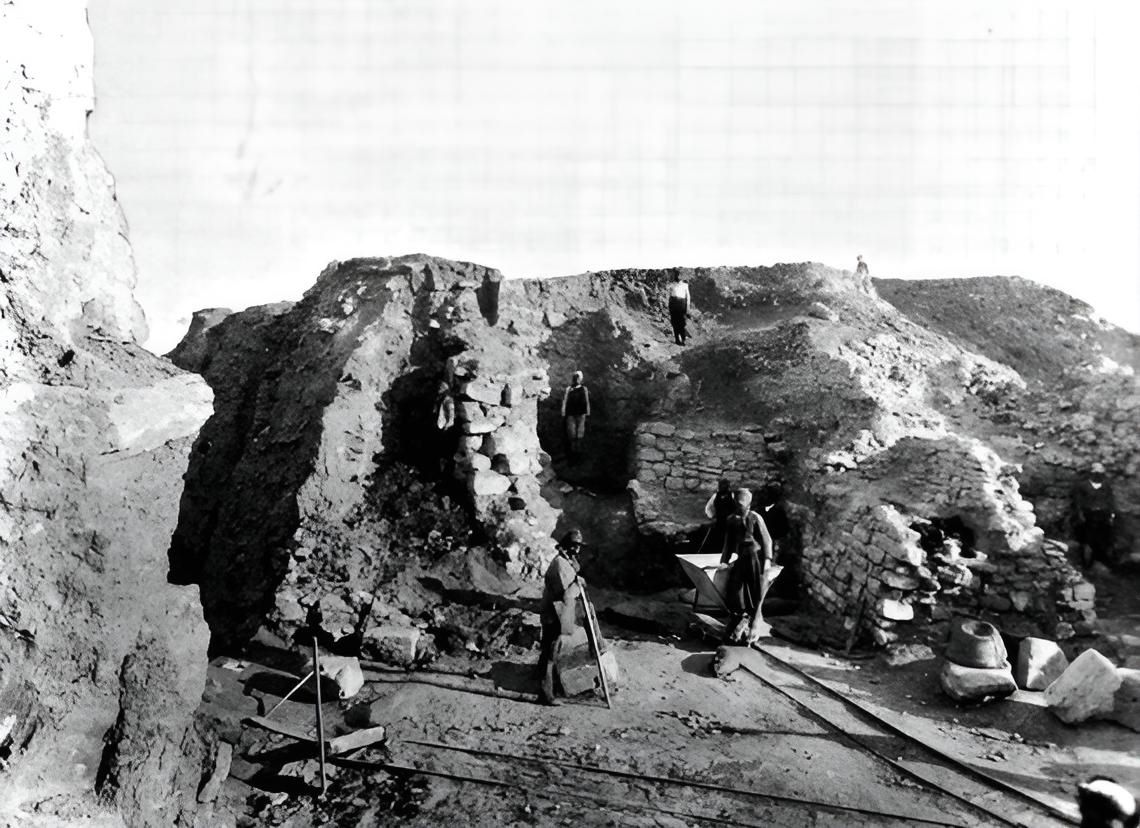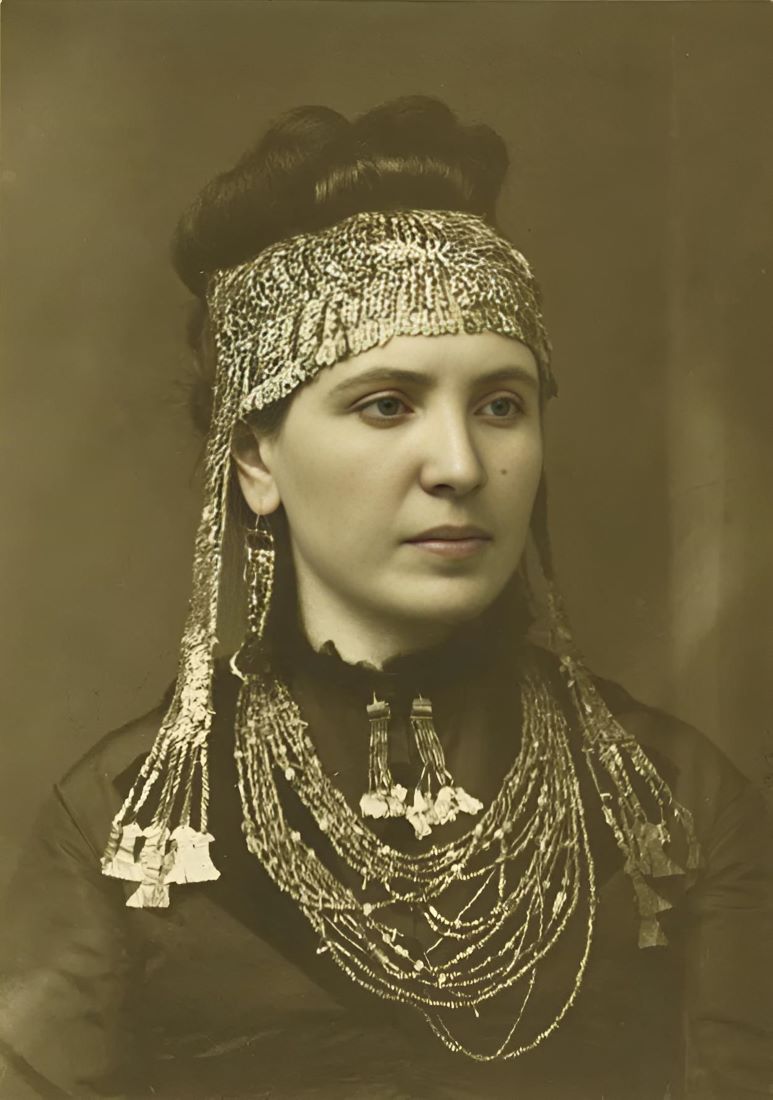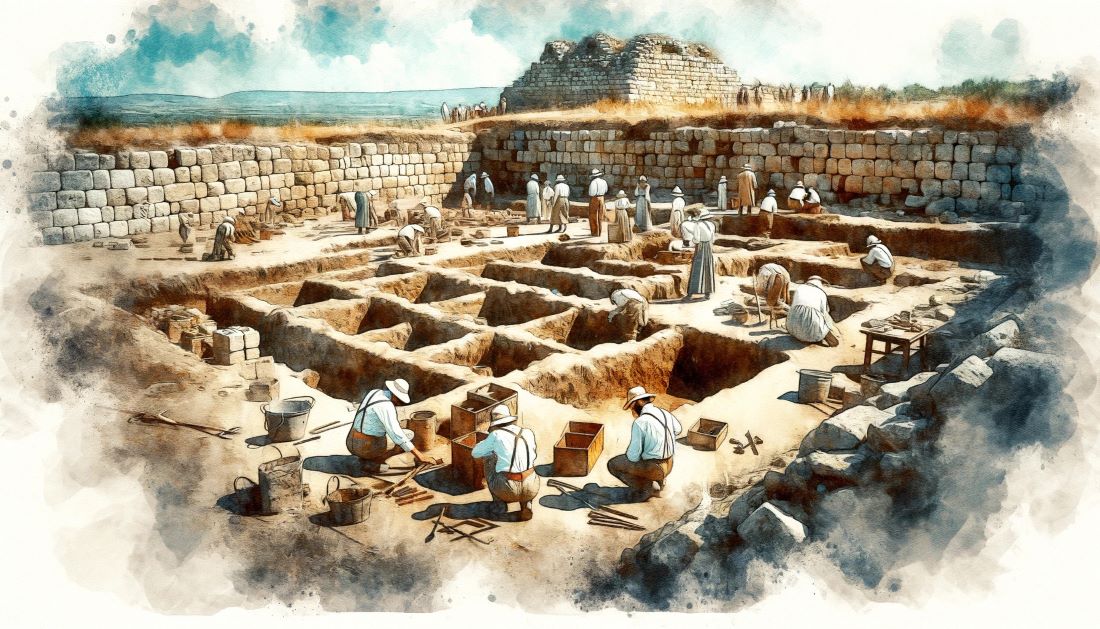Heinrich Schliemann remains a prominent figure in archaeology, though his expertise was largely self-taught, making him an amateur in the truest sense. His work continues to spark debate, earning both admiration and criticism. Schliemann is best known for identifying and excavating the site believed to be Homer’s Troy, conducting extensive digs from 1871 to 1890. However, his legacy is marked by controversy, with accusations of manipulating some findings. This blend of groundbreaking discovery and questionable practices defines the complex character of Heinrich Schliemann.
A Lifelong Passion Ignited
Heinrich Schliemann, born in 1822, developed a fascination with the ancient world at a young age, fueled by a gift from his father: an illustrated history book featuring Troy. Despite facing hardships and leaving formal education early, Schliemann’s intellectual curiosity remained strong. He became multilingual and immersed himself in the cultures that would later guide his archaeological pursuits.
Heinrich Schliemann – From Businessman to Determined Archaeologist
Schliemann amassed his wealth, funding his archaeological expeditions, through shrewd business practices. He became a successful businessman in the burgeoning 19th-century markets, particularly during the California Gold Rush and later in the Russian trade. Financial security allowed Schliemann to turn his full attention to archaeology. In the 1860s, driven by a belief in the historical accuracy of Homer’s epics, Schliemann embarked on a quest to locate Troy. This endeavor, initiated in earnest in 1871, marked the beginning of his controversial yet momentous archaeological career.

Unearthing Troy
Heinrich Schliemann’s quest for Troy took a pivotal turn when he met Frank Calvert, a fellow archaeologist and the British vice-consul in the region. Calvert, who had conducted extensive research and owned part of the land believed to be the site of ancient Troy, was instrumental in guiding Schliemann’s efforts. He shared his conviction that the hill at Hisarlik, Turkey, was the location of the legendary city. Despite Calvert’s crucial role, Schliemann later omitted any mention of him in his publications, overshadowing Calvert’s contributions. With Calvert’s insights as a foundation, Schliemann and his team embarked on rigorous excavations, determined to unearth the ruins of Troy.

However, Schliemann’s excavation methods fell short of today’s meticulous standards. His team dug through the site’s nine layers with little regard for preserving upper levels, driven by the singular goal of reaching what he believed was the Homeric city. This aggressive approach led to significant archaeological oversight. Schliemann mistakenly identified the second layer from the bottom as the Troy of Homer’s epics, a claim later debunked by more careful archaeological studies. It was revealed that Schliemann had excavated too deeply, missing the correct layer by approximately 1000 years.
Controversies and Fabrications
Heinrich Schliemann’s excavations at Troy are shrouded in controversy, much of it stemming from his diary entries, revealing a penchant for embellishment and, at times, outright fabrication. Among the most notorious is the tale of Priam’s Treasure. Schliemann claimed in his diary that this remarkable find was unearthed on his birthday, suggesting a fortuitous alignment of fate and discovery. According to his account, he sent all the workers away and, with only his wife Sophia by his side, opened a chest to reveal the treasure of King Priam of Troy. This story, crafted for drama and effect, played into the narrative of Schliemann as the destined discoverer of Troy’s lost riches.

However, historical scrutiny has unraveled the inconsistencies in Schliemann’s account. Notably, it was later confirmed that Sophia Schliemann was not in Turkey at the time of the supposed discovery. Critics argue that there was likely no single chest or moment of discovery as Schliemann described. Instead, the items he presented as a cohesive collection were likely gathered from various locations around the Troy site over time, meticulously curated to fit his version of ancient history.
A Legacy of Enduring Impact
Heinrich Schliemann’s legacy in archaeology is a testament to the profound impact that passion and determination can have on the pursuit of historical knowledge. Despite the controversies surrounding his methodologies and the accuracy of his accounts, particularly about Priam’s Treasure, Schliemann’s work ignited widespread interest in ancient civilizations and laid foundational stones for the field of archaeology. His excavations at Troy, though critiqued for their lack of methodological rigor, succeeded in bridging the mythological world of Homer with tangible historical evidence, forever altering our understanding of the ancient past. This endeavor, coupled with his other significant finds in Mycenae, demonstrated the potential of archaeological practice to unravel the mysteries of history.
Schliemann’s legacy, though tarnished by questionable methods, is undeniable. He ignited public interest in archaeology and forever changed our understanding of the ancient Aegean world. His discoveries serve as a reminder of the power of perseverance and the potential of archaeology to bridge the gap between myth and historical reality.
Historical Challenge: Can You Conquer the Past?
Answer more than 18 questions correctly, and you will win a copy of History Chronicles Magazine Vol 1! Take our interactive history quiz now and put your knowledge to the test!

